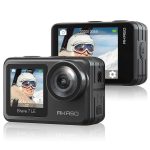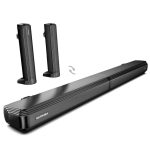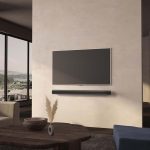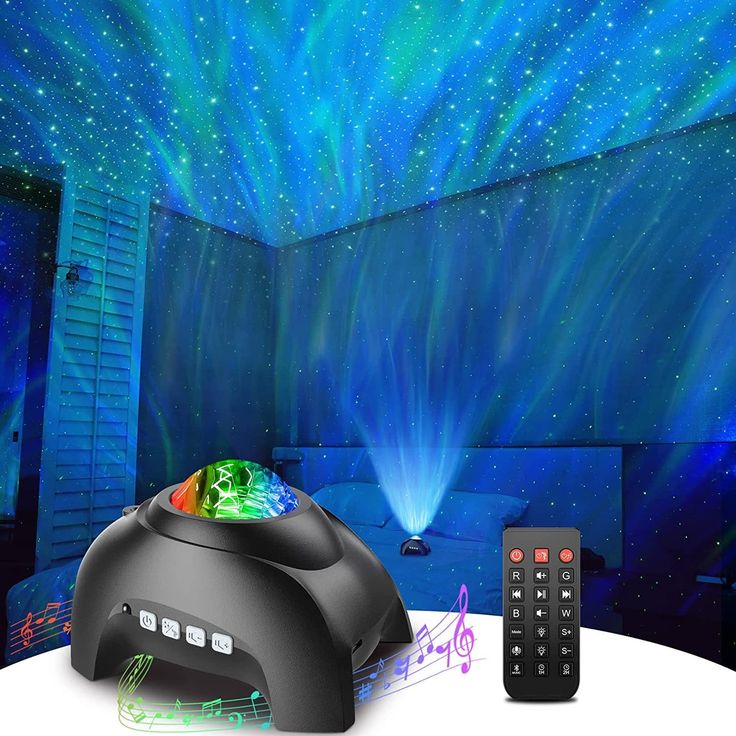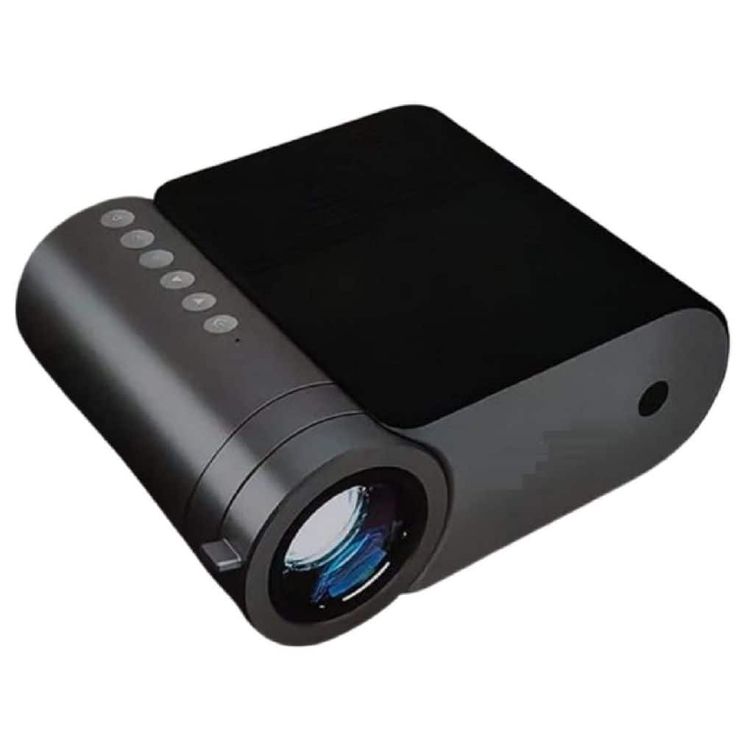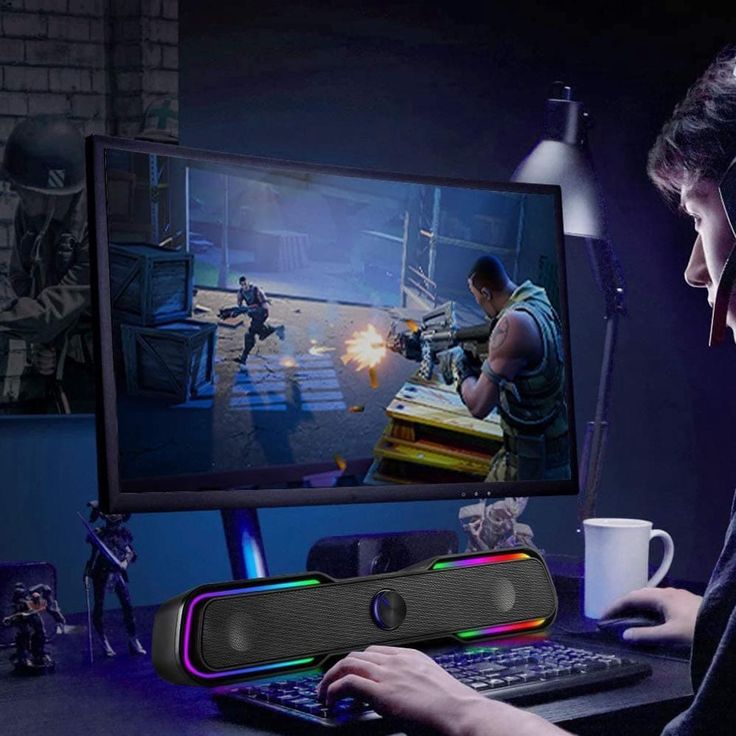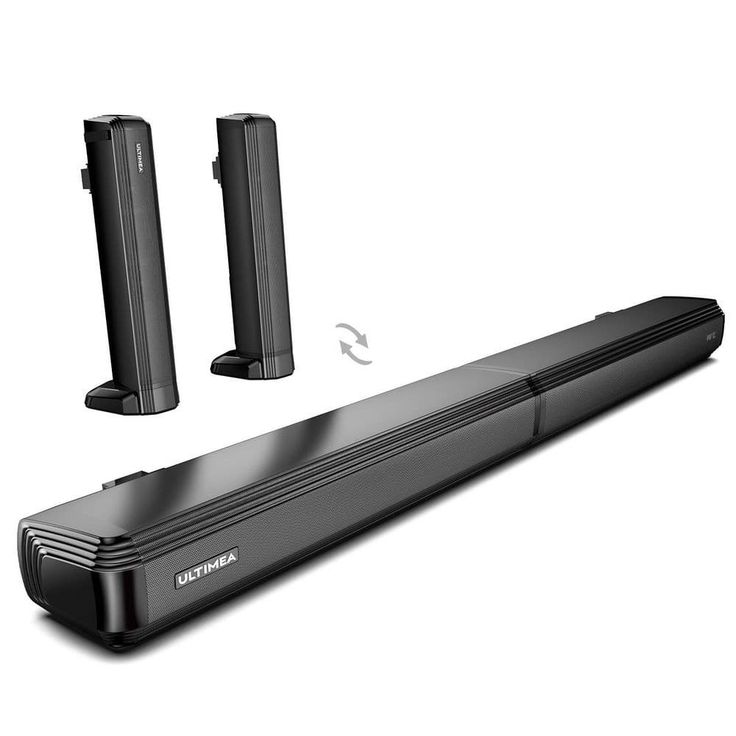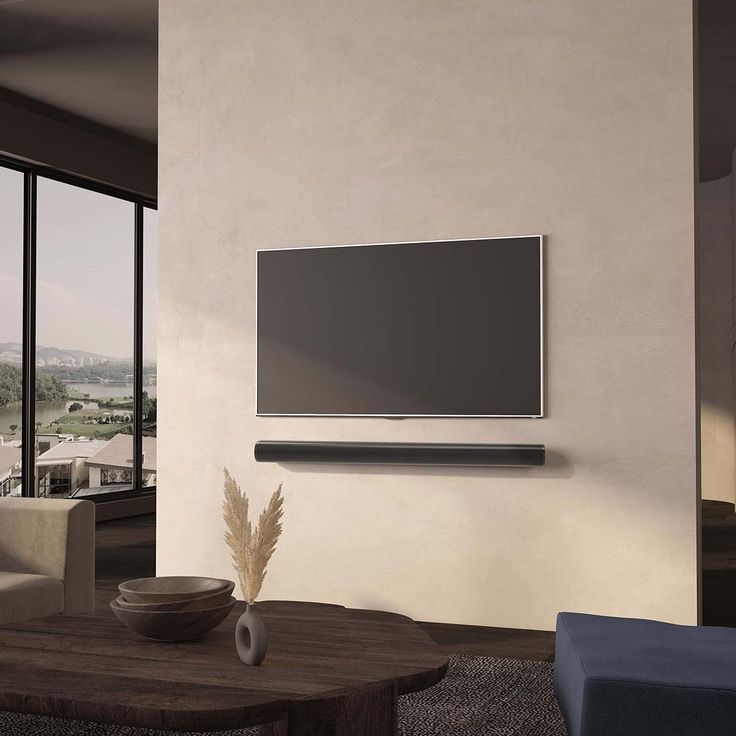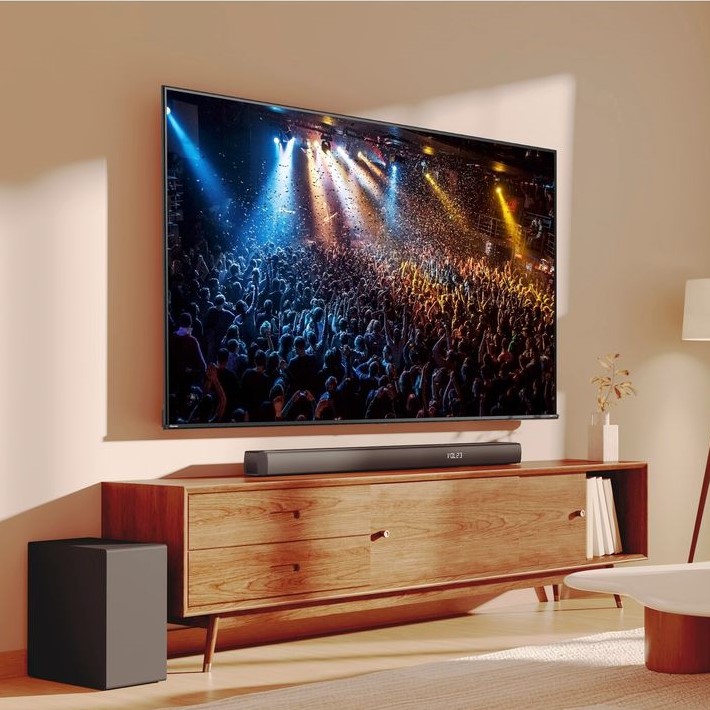What is an LED Projector?
An LED projector is a device that uses Light Emitting Diodes (LEDs) as its light source. Unlike traditional projectors, which often rely on bulbs or lamps, LED projectors use modern lighting technology. This makes them more energy-efficient and long-lasting. They are a go-to choice for personal, professional, and entertainment purposes.
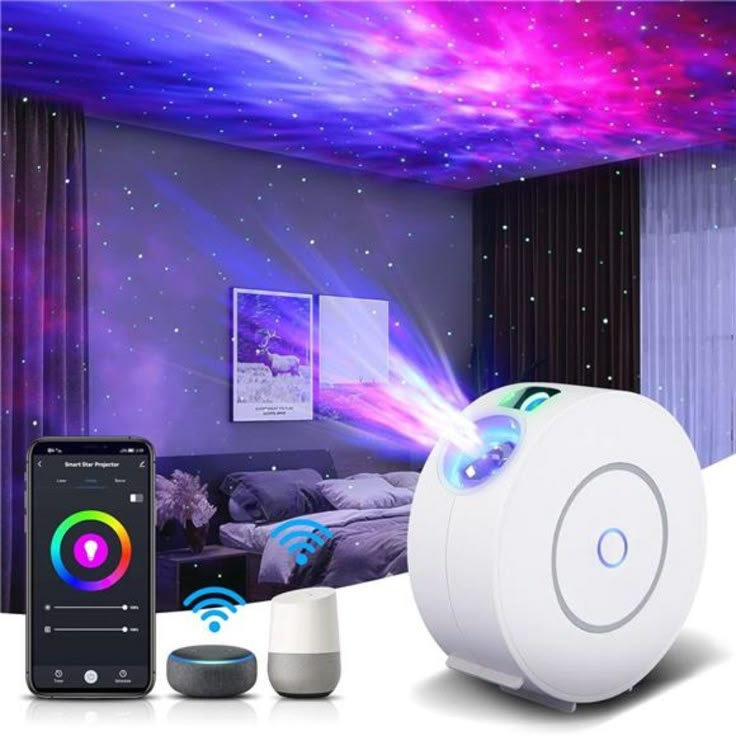
How does it differ from traditional projectors?
LED projectors differ in several ways from traditional models:
- Light Source: Traditional projectors use halogen or metal halide bulbs, while LED projectors use LEDs. This change reduces heat and increases durability.
- Longevity: LEDs have a lifespan of 20,000 to 30,000 hours, far longer than bulbs.
- Energy Efficiency: LED projectors consume less power, saving energy and reducing costs.
- Image Quality: LED projectors often produce richer colors and better contrast than regular ones.
- Maintenance: With no fragile lamps to replace, LED projectors require less upkeep.
Key components and technology behind LED projectors
LED projectors rely on advanced technologies to deliver high-quality visuals. Their main components include:
- LED Light Source: This is the heart of the projector, delivering bright and vibrant imagery.
- DMD or LCD Chips: These chips help process and project the image onto the screen.
- Color Wheel or LEDs for Colors: Some models use separate RGB LEDs, while others include a color wheel to display colors.
- Cooling System: Effective cooling ensures the projector doesn’t overheat during long usage.
- Optical Lens: This focuses and magnifies images onto the display surface.
LED projectors incorporate cutting-edge technology to ensure optimal performance. They combine portability, clarity, and efficiency to create a superior visual experience.
Benefits of Choosing
Better energy efficiency and longer lifespan
LED projectors are much more energy-efficient compared to traditional projectors. They consume less power, reducing electricity bills significantly. The LED light source in these projectors also offers a longer lifespan, often lasting between 20,000 to 30,000 hours. This reduces the need for frequent replacements, saving on maintenance costs. Their efficiency and durability make them a smart investment for long-term use.
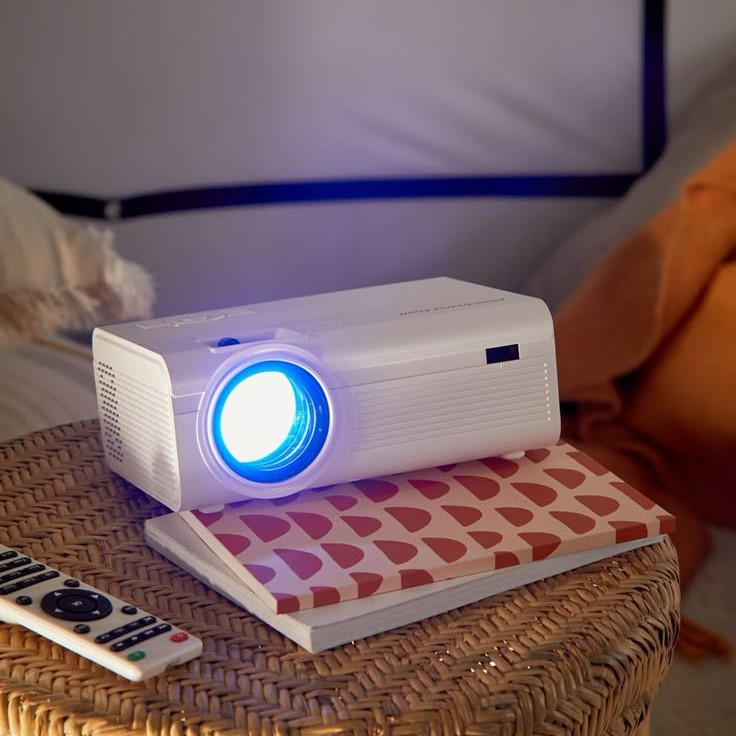
Improved picture quality and color accuracy
LED projectors are known for delivering superior image quality. They provide richer colors, better contrast, and sharper images. The RGB LED technology ensures that colors are vivid and true-to-life. This makes them ideal for home theaters, business presentations, or outdoor movie nights. Unlike traditional projectors, LED models maintain consistent picture quality over time without significant degradation.
Portability and compact design
LED projectors typically have a compact and lightweight design. Their portability makes them easy to carry and set up in various locations. Whether you need a projector for work, entertainment, or travel, LED projectors are a convenient choice. Their small size doesn’t compromise their performance, proving that great things can come in small packages.
Important Factors to Consider
Selecting the right LED projector requires evaluating various features that align with your needs. These factors ensure optimal performance, longevity, and user satisfaction. Below are key aspects to focus on:
Brightness and lumens rating
Brightness is one of the most critical features of a projector. Measured in lumens, it determines how well the projector displays in different lighting environments. For bright rooms, look for a lumens rating of 3,000 or higher. For dark settings like home theaters, 2,000 lumens may suffice. A projector with adjustable brightness is ideal for versatility.
Resolution and aspect ratio options
Resolution impacts the sharpness and clarity of the image. Common options include 720p, 1080p, and 4K UHD. Higher resolutions are better for detailed visuals, especially for gaming and movies. The aspect ratio, such as 16:9 or 4:3, affects the viewing format. For widescreen films, a 16:9 ratio is recommended.
Connectivity and compatibility features
Modern projectors offer multiple input options, including HDMI, USB, and wireless connections. Choose a projector compatible with your devices like laptops, gaming consoles, and smartphones. Look for models with Bluetooth or Wi-Fi if you prefer a wireless setup.
Noise levels and cooling systems
Noise can disrupt the viewing experience. Opt for projectors with quiet cooling systems to minimize distractions. Efficient cooling prevents overheating during extended use, ensuring better performance and longer lifespan. Check reviews for models with low noise ratings.
Comparing LED Projectors to Other Types of Projectors
Comparing LED projectors with other types reveals unique strengths and weaknesses of each technology. Below are detailed comparisons to help you decide the best option for your needs.
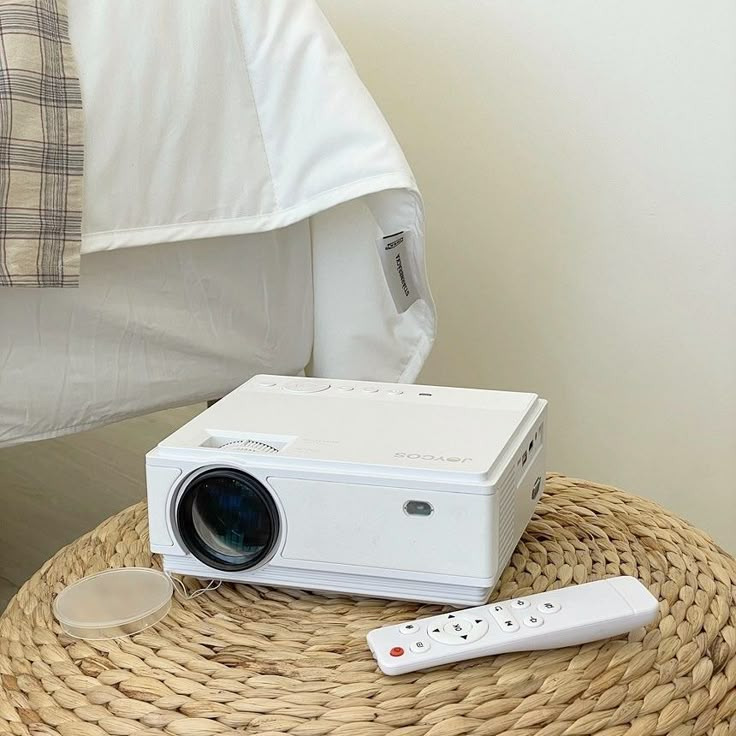
LED vs LCD projectors: which is better?
LED and LCD projectors both offer excellent image quality but differ in key aspects:
- Light Source: LED projectors use long-lasting LEDs, while LCD models rely on lamps with shorter lifespans.
- Energy Efficiency: LEDs are more energy-efficient, reducing power consumption compared to LCD technology.
- Color Accuracy: LED projectors deliver richer and more vibrant colors than LCD projectors.
- Portability: LED projectors often come in compact designs, making them easier to transport.
- Maintenance Needs: LEDs require less maintenance, while LCD lamps may need frequent replacement.
- Brightness: LCD projectors generally have higher brightness levels, suitable for larger spaces.
Choose an LED projector for portability, efficiency, and residential use. Pick an LCD projector for brightness-demanding environments like classrooms.
LED vs DLP projectors: Key differences
When comparing LED and DLP projectors, it’s crucial to understand the key differences between the two technologies. Each type has its own specifications and advantages, which can significantly impact your viewing experience. Below are the main distinctions that can help guide your choice.
Technology Used
- LED Projectors: These projectors utilize Light Emitting Diodes (LEDs) as their primary light source. This technology allows for compact designs and energy efficiency, making them suitable for various applications. The LED light source also produces vibrant colors and consistent brightness without the need for frequent replacements.
- DLP Projectors: Digital Light Processing (DLP) projectors, on the other hand, operate using microscopic mirrors, which reflect light to project images. DLP technology uses a color wheel in some models to create color variations, allowing for a smooth, dynamic presentation. This method can enhance the image quality but may introduce some artifacts.
Contrast Ratio
- Dynamic Visuals of DLP: DLP projectors are known for offering better contrast ratios compared to LED models. This ability means that DLP projectors can produce deeper blacks and brighter whites, contributing to more dynamic visuals, especially in darker scenes. This characteristic is particularly beneficial for movie watching and environments where image quality is of utmost importance.
- LED Contrast Limitations: While LED projectors may also provide decent image quality, their contrast ratios are generally lower than those of DLP projectors. As a result, LED projectors may not display the same depth of field, particularly in detailed images with varying shades.
Rainbow Effect
- DLP’s Rainbow Effect: One notable drawback of some DLP projectors is the potential to exhibit the “rainbow effect.” This phenomenon occurs when colors are separated due to the speed of the color wheel, leading to brief flashes of color that some viewers may find distracting, especially in fast-moving images or rapid transitions.
- LED’s Advantage: LED projectors, however, do not typically experience this issue. The absence of a color wheel ensures that color reproduction is uniform, alleviating concerns related to color separation. As a result, LED projectors can provide a more consistent viewing experience.
Durability
- Longevity of LED Projectors: One of the significant advantages of LED projectors is their durability. LEDs have an extended lifespan, often lasting up to 20,000 hours or more. This longevity means that users won’t need to worry about replacing the light source frequently, translating to lower maintenance costs and longer periods of uninterrupted use.
- DLP Lifespan Considerations: In contrast, DLP projectors tend to have shorter lifespans, typical of 3,000 to 5,000 hours depending on usage. Replacing the lamp in DLP projectors can be more costly and sometimes inconvenient, especially when they fail during critical presentations or events.
Image Sharpness
- Sharper Images with DLP: DLP projectors generally provide sharper images due to their reliance on mirror technology. This can result in greater precision in displayed content, making them more suitable for detailed presentations or high-definition media. The clarity in text presentations is beneficial in educational and professional settings.
- Image Variability in LED Projectors: While some LED projectors deliver good quality images, they may not offer the same sharpness as DLP models. Variability in quality exists based on the specific LED projector model and its construction, so users should check specifications carefully.
Cost
- Affordability of LED Projectors: Generally, LED projectors are more budget-friendly, catering to a wider audience. They provide an excellent entry point for users looking to experience projection technology without a significant investment.
- Investment in DLP Technology: On the other hand, high-end DLP projectors can be on the pricier side. The advanced technology and enhanced imaging features come with higher price tags, making them a considerable investment for professional applications or enthusiasts seeking top-tier performance.
For consistent picture quality and long life, LED projectors are better. However, DLP projectors excel in sharpness and contrast for premium setups.
Top Applications
LED projectors are versatile and cater to various needs. Their compact design and superior technology make them suitable for both casual and professional uses. Below are some of the most popular applications for LED projectors.
Home entertainment systems
LED projectors are ideal for creating a home theater experience. They deliver sharp images, vibrant colors, and excellent resolution. Their quiet operation ensures viewers enjoy movies without distractions. Compact designs allow easy setup in living rooms or dedicated theater spaces. RGB LED technology and high resolutions, like 1080p or 4K, enhance visual quality for films and video games. For smaller spaces, their portability and adjustable brightness provide added flexibility.
Business presentations and conferences
In professional settings, LED projectors shine during business meetings and conferences. They produce clear and bright visuals, even in well-lit rooms. Their compatibility with laptops, smartphones, and tablets allows smooth integration. Wireless connectivity options like Wi-Fi or Bluetooth simplify connections. LED projectors also offer fast boot-up times and reliable performance for long-duration presentations. Their compact size makes them easy to carry between office locations.
Outdoor movie nights and portable setups
LED projectors are perfect for outdoor movie nights. They produce excellent picture quality, even in dim outdoor settings. Portability ensures convenient placement on decks, patios, or gardens. Their durable design handles minor shocks during transport. With energy-efficient LEDs, they perform well for extended screenings. USB and HDMI ports support streaming devices, enabling easy content access. Choosing models with high lumens ensures bright and vibrant outdoor visuals.
Recommended Brands and Models
Choosing the right LED projector involves knowing reliable brands and top-performing models. Here’s a guide to help you decide.
Popular brands to consider for high-quality LED projectors
- Epson: Known for industry-leading projectors, Epson offers vibrant visuals and reliable performance.
- BenQ: BenQ projectors are well-regarded for high brightness and excellent color accuracy.
- Anker: Anker develops compact and portable projectors, ideal for travel or small spaces.
- LG: LG provides innovative designs with features like smart integration and 4K resolution.
- Optoma: Optoma is famous for an impressive mix of affordability and high-quality visuals.
These brands consistently receive positive feedback for their durability, features, and image quality.
Top-rated models with reviews and highlights
- Epson EF-12: It’s compact, offers a sharp 1080p resolution, and features built-in Android TV for streaming.
- BenQ HT2150ST: Designed for gamers, it provides a low input lag, 1080p resolution, and vivid colors.
- Anker Nebula Capsule II: Portable, with great battery life, it supports 720p resolution and Android TV functionality.
- LG PF50KA: A wireless projector with full HD resolution that’s perfect for movies or presentations.
- Optoma UHD50X: A 4K projector with a high refresh rate, perfect for home theaters or gaming setups.
Each model caters to specific needs like portability, entertainment, or professional use. Consider factors like resolution, brightness, and connectivity when making a decision.
Maintenance and Longevity Tips
Ensuring the proper care of your LED projector is crucial for its performance and longevity. Regular maintenance helps maintain image quality and reduces wear and tear over time. Here are essential tips to keep your projector in excellent condition:
How to clean and care for your projector
- Clean the lens regularly: Use a microfiber cloth to wipe dust and smudges from the lens gently. Avoid using abrasive materials.
- Dust the vents: Keep the projector’s ventilation system clean to prevent overheating. Use compressed air to clear dust buildups.
- Inspect the LED light source: Check for any signs of wear or malfunction in the LED. Replace as necessary.
- Screen maintenance: Keep the projection surface clean for clear, vibrant visuals. A smooth, dust-free screen is ideal.
- Avoid liquids near the device: Do not use cleaning solutions directly on the projector. Only dampen cloths lightly if needed.
- Update firmware: If your projector supports firmware updates, ensure it’s running on the latest version for optimal performance.
Importance of proper storage and usage guidelines
- Avoid extreme temperatures: Store and use the projector in environments with moderate temperatures and low humidity levels. Avoid direct sunlight.
- Use a protective case: When transporting, place the projector in a padded case to prevent physical damage.
- Turn off properly: Use the power button to shut down the projector. Avoid pulling the power plug early.
- Allow cooling: Let the cooling system run after usage before unplugging the device to avoid internal damage.
- Avoid prolonged use: Give your projector breaks during long sessions to prevent overheating.
- Check connection cables: Ensure HDMI, USB, or power cables are not twisted or broken to avoid signal loss.
Following these steps will extend the life of your LED projector and ensure consistent performance. Adopting proper care practices protects your investment and enhances your viewing experience.

